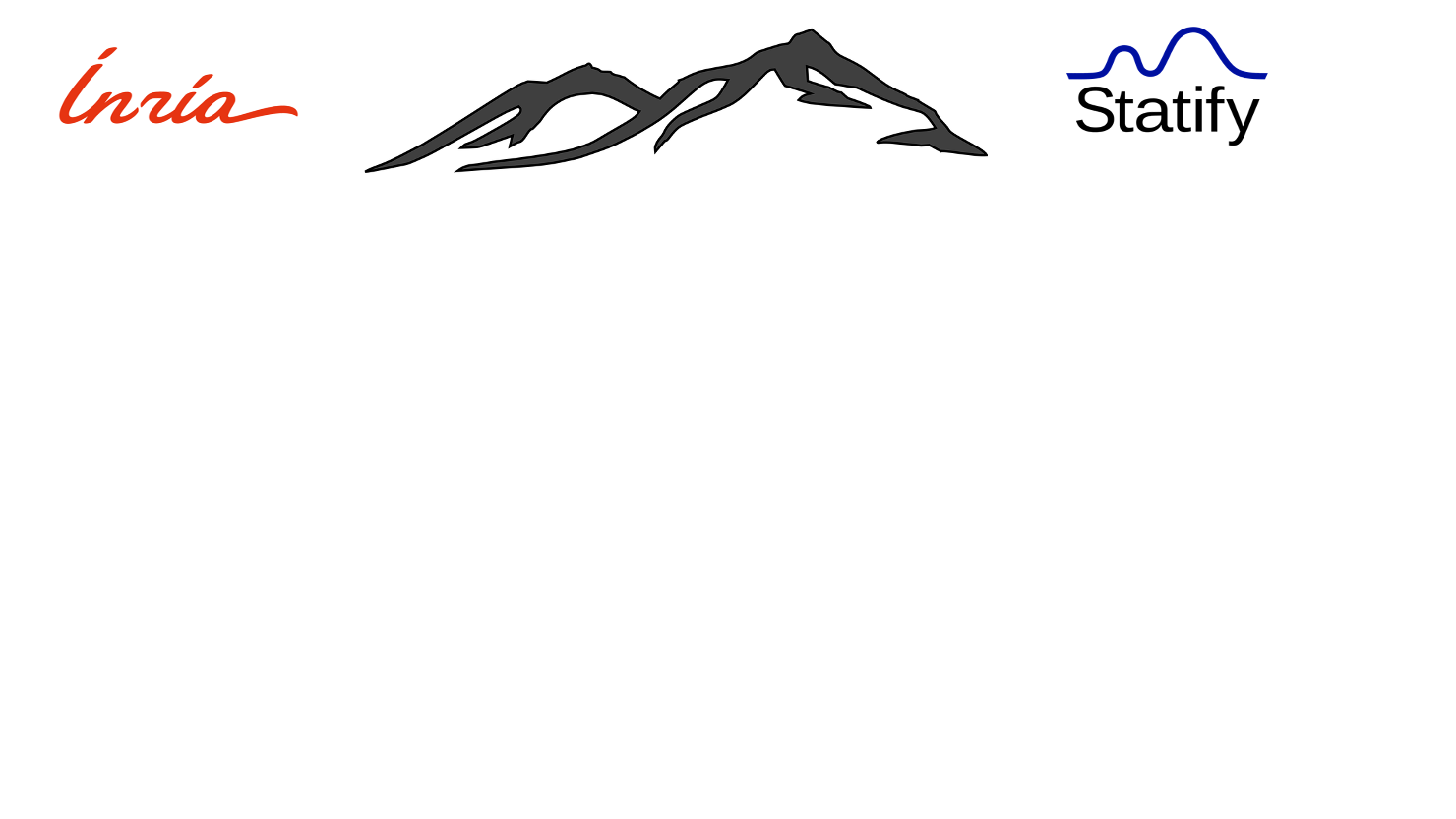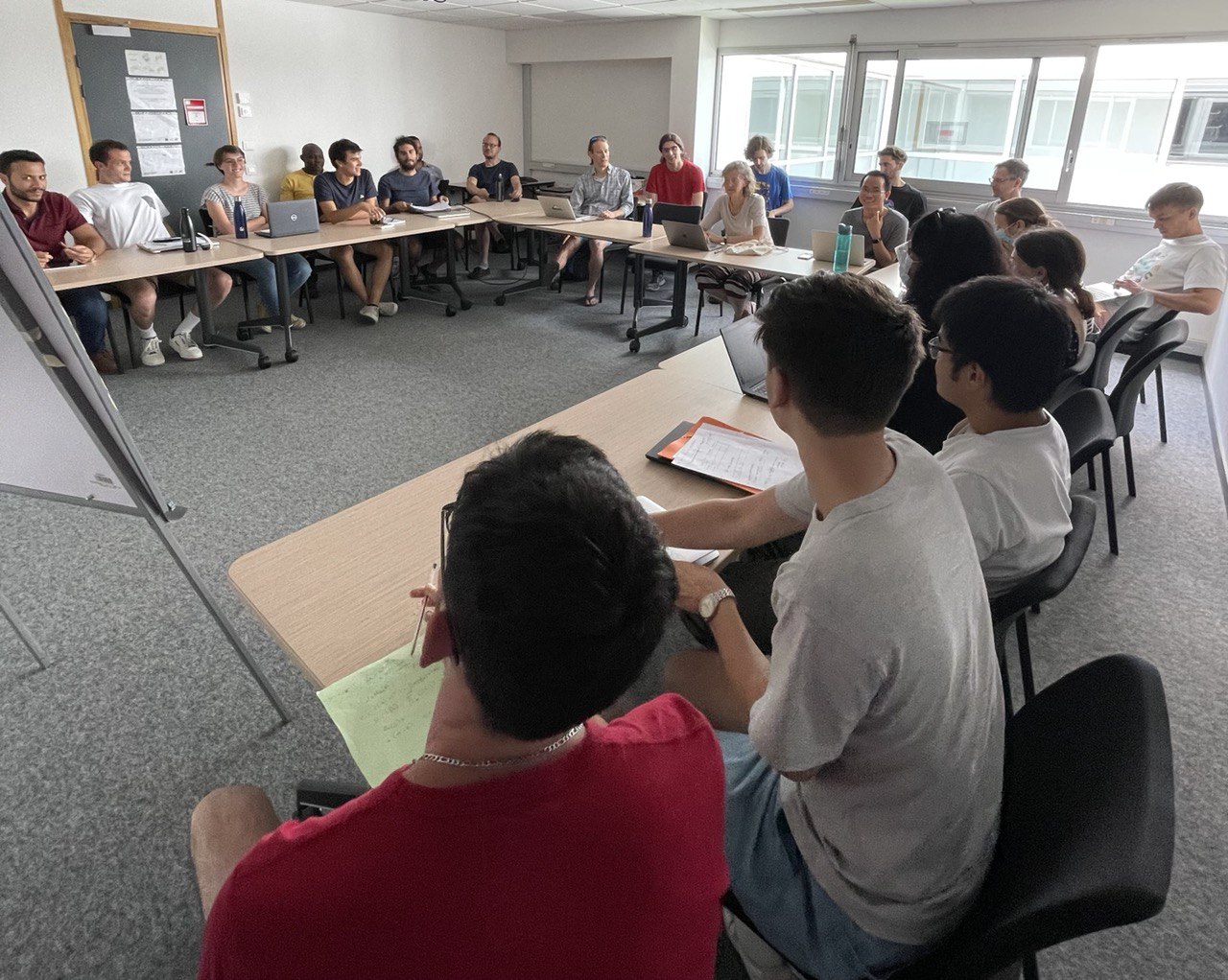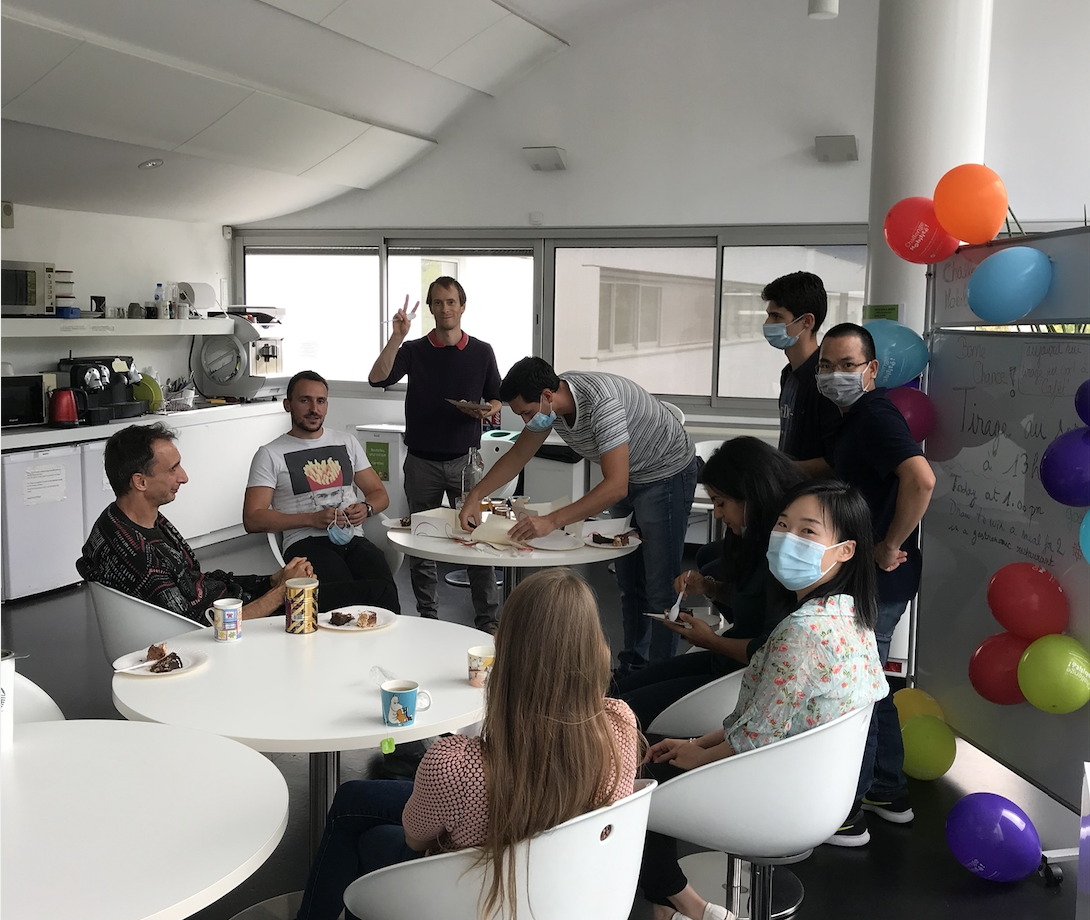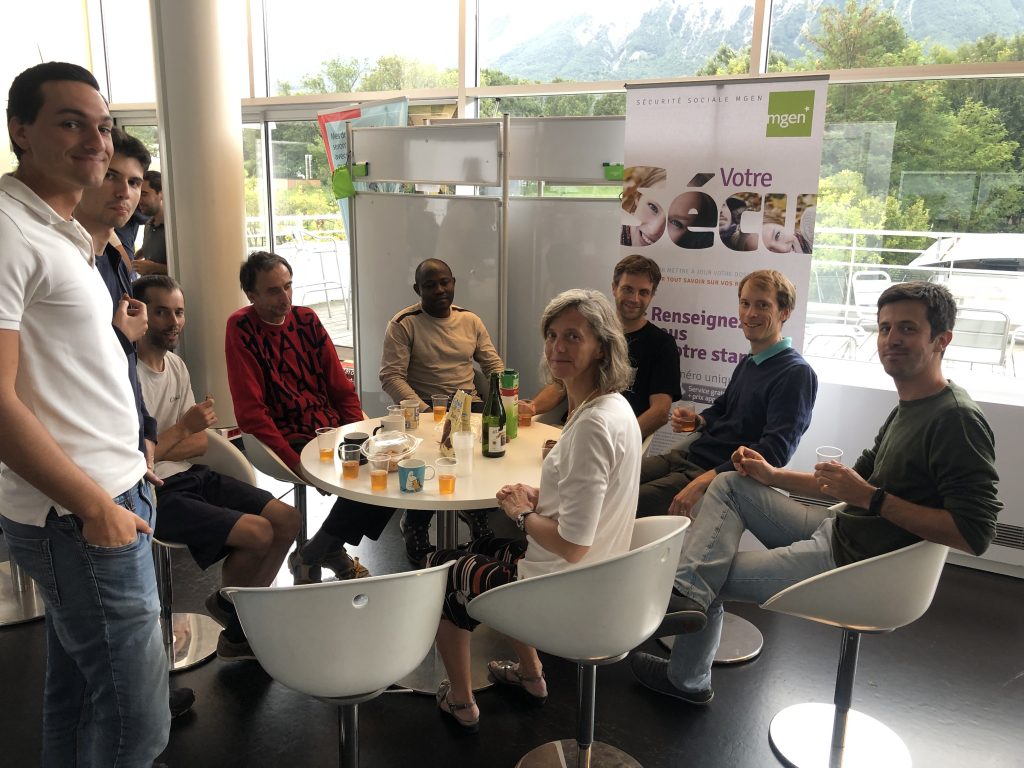Team presentation
STATIFY has been created in April 2020 as a natural follow-up of the former MISTIS team. It is a joint team of Inria and Laboratoire Jean Kuntzmann , a joint research unit of Centre National de Recherche Scientifique (CNRS), Institut National Polytechnique de Grenoble (G-INP) and Université Grenoble-Alpes (UGA).
Overall Objectives
The STATIFY team specializes in the statistical modeling of systems involving data with a complex structure. Faced with the new problems posed by data science and deep learning methods, the objective is to develop mathematically well-founded statistical methods to propose models that capture the variability of the systems under consideration, models that are scalable to process large dimensional data and with guaranteed good levels of accuracy and precision. The targeted applications are mainly brain imaging (or neuroimaging), personalized medicine, environmental risk analysis and geosciences. STATIFY is therefore a scientific project centered on statistics and wishing to have a strong methodological and application impact in data science.
Research themes
The team offers a unique range of expertise in statistics, combining probabilistic graphical models and mixture models to analyze structured data, Bayesian analysis to model knowledge and regularize ill-posed problems, non-parametric statistics, risk modeling and extreme value theory to face the lack, or impossibility, of precise modeling information and data. In the team, this expertise is organized to target five key challenges:
- Models for high dimensional, multimodal, heterogeneous data;
- Spatial (structured) data science;
- Scalable Bayesian models and procedures;
- Understanding mathematical properties of statistical and machine learning methods;
- The big problem of small data.
These challenges rely on our four research axes:
- Models for graphs and networks;
- Dimension reduction and latent variable modeling;
- Bayesian modeling;
- Modeling and quantifying extreme risk








